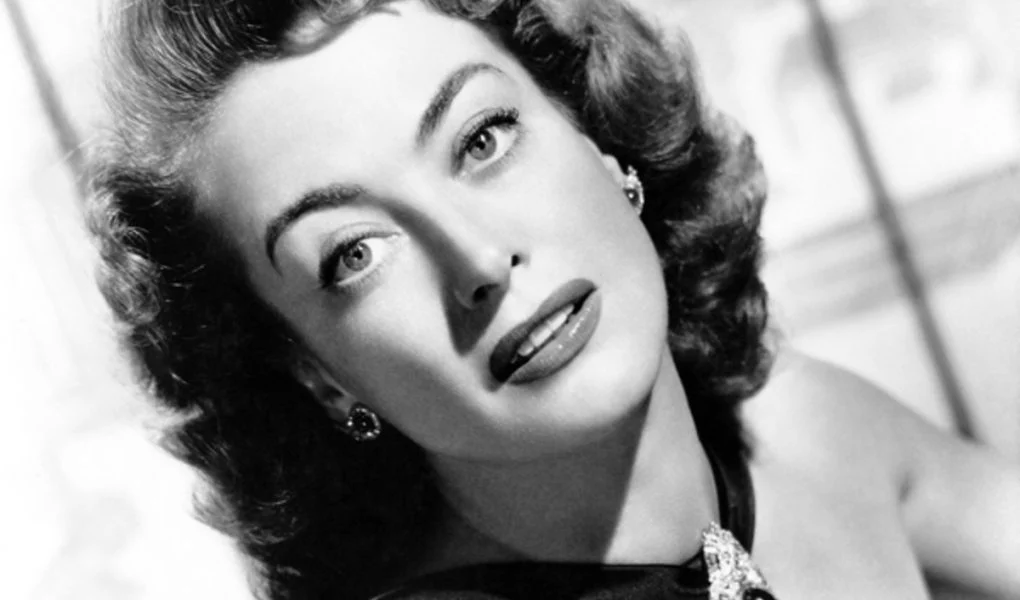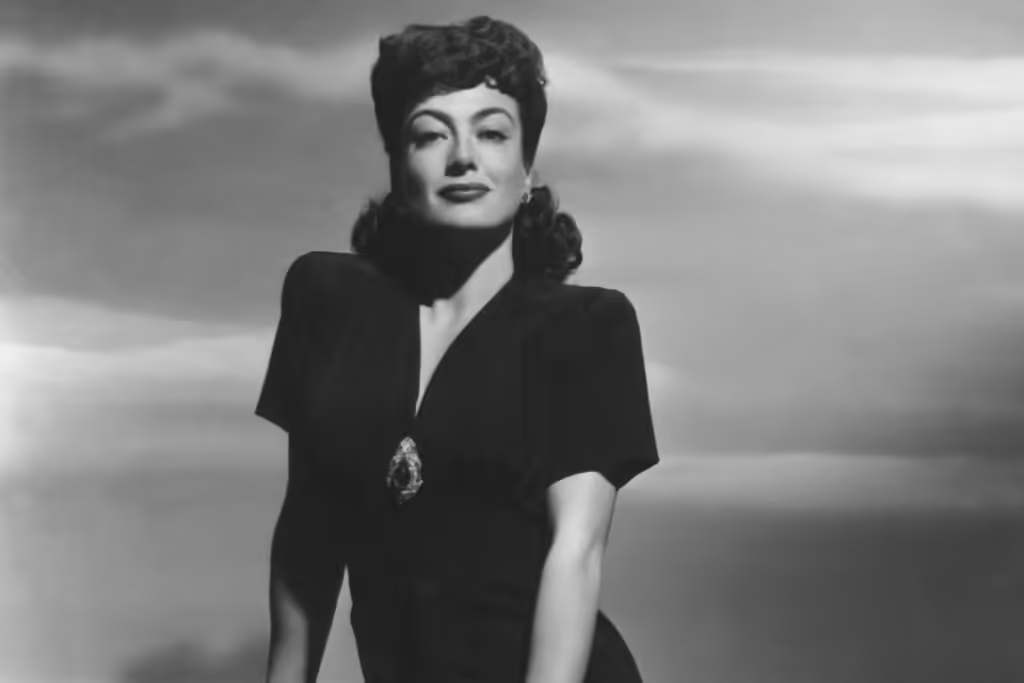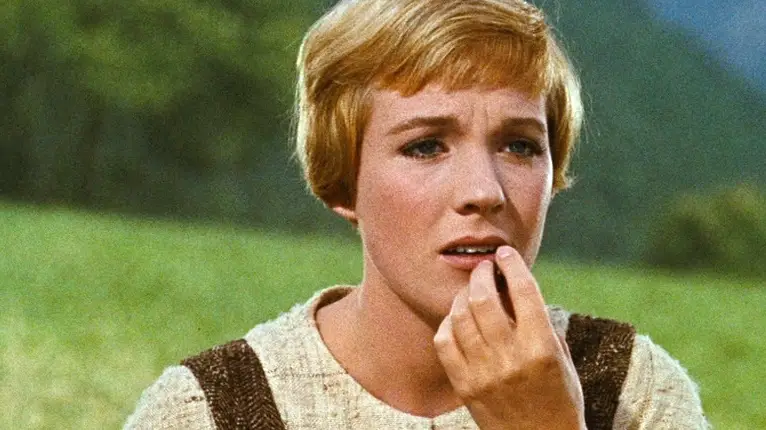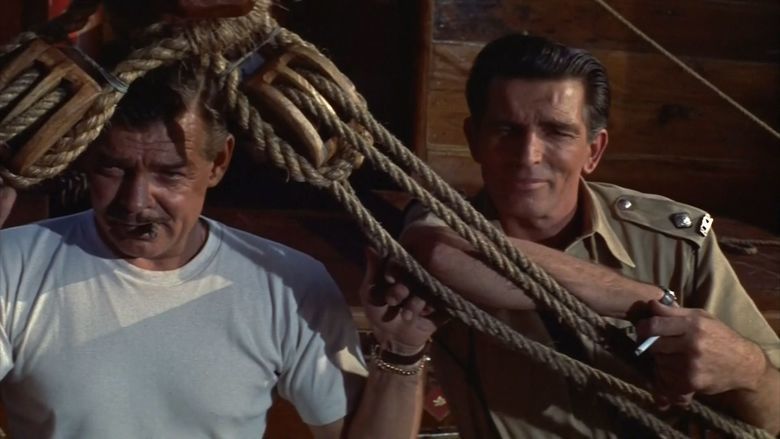Lucille Fay LeSueur, better known as Joan Crawford, is a name that resonates deeply within the realm of classic Hollywood. Her transformation from a struggling young actress into an iconic star is a story of resilience, reinvention, and remarkable success. Here, we explore some intriguing facts about her life and career, illustrating the journey of one of cinema’s most enduring legends.

A New Beginning
Lucille Fay LeSueur was born on March 23, 1904, in San Antonio, Texas. Her early life was marked by financial struggles and family instability, but she possessed a fierce determination to succeed. The transition from Lucille Fay LeSueur to Joan Crawford began when she won a stage name contest organized by MGM. The name “Joan Crawford” was chosen, and it would become synonymous with Hollywood glamour and success.
Career Beginnings
- Silent Film Star: Crawford’s early career began with silent films, where she quickly gained recognition for her beauty and screen presence. She was one of the many actresses who successfully transitioned from silent films to talkies, showcasing her versatility and talent.
- Stage Name Origin: The change to Joan Crawford was strategic, aiming to craft a memorable and marketable persona. This name change marked the beginning of her transformation into a major Hollywood star.
Trailblazer in Hollywood
Joan Crawford was not just a star; she was a trailblazer who broke new ground in the industry:
- Oscar-Winning Performance: In 1945, Crawford won the Academy Award for Best Actress for her role in “Mildred Pierce.” Her portrayal of a determined, single mother was both critically acclaimed and commercially successful, solidifying her status as a leading actress of her time.
- Pioneering Roles: Crawford was known for her willingness to take on challenging and diverse roles. Her career spanned various genres, including drama, suspense, and comedy. She was one of the first actresses to demand and secure high-profile roles that showcased her range and versatility.
Personal Challenges and Triumphs
Crawford’s life was as dramatic as her film roles, filled with personal challenges and triumphs:
- Adoptive Motherhood: Crawford was a devoted mother to her adopted children. Despite facing personal struggles, she was known for her commitment to her family, providing a stable and loving environment for her children.
- Famous Feuds: Crawford’s career was not without controversy. Her famous rivalry with Bette Davis, which was dramatized in the film “What Ever Happened to Baby Jane?” (1962), was well-documented and added a layer of intrigue to her public persona.

Legacy and Influence
Joan Crawford’s legacy extends beyond her film career. Her impact on Hollywood and popular culture is significant:
- Cultural Icon: Crawford’s influence on fashion and beauty trends remains evident. Her iconic styles and glamorous image have been celebrated in various media and retrospectives.
- Literary Impact: The 1978 memoir “Mommie Dearest” by her daughter Christina Crawford explored the tumultuous aspects of their relationship and has contributed to the public’s fascination with Crawford’s life.
Conclusion
Lucille Fay LeSueur’s transformation into Joan Crawford is a story of remarkable reinvention and success. From her humble beginnings to becoming a Hollywood icon, Crawford’s career was marked by groundbreaking performances, personal challenges, and an enduring legacy. Her contributions to film and her impact on popular culture continue to be celebrated, making her one of the most fascinating figures in cinematic history.
As we reflect on Joan Crawford’s life and career, we are reminded of her remarkable journey and the indelible mark she left on Hollywood. Her story is a testament to the power of perseverance and the allure of a true cinematic legend.




